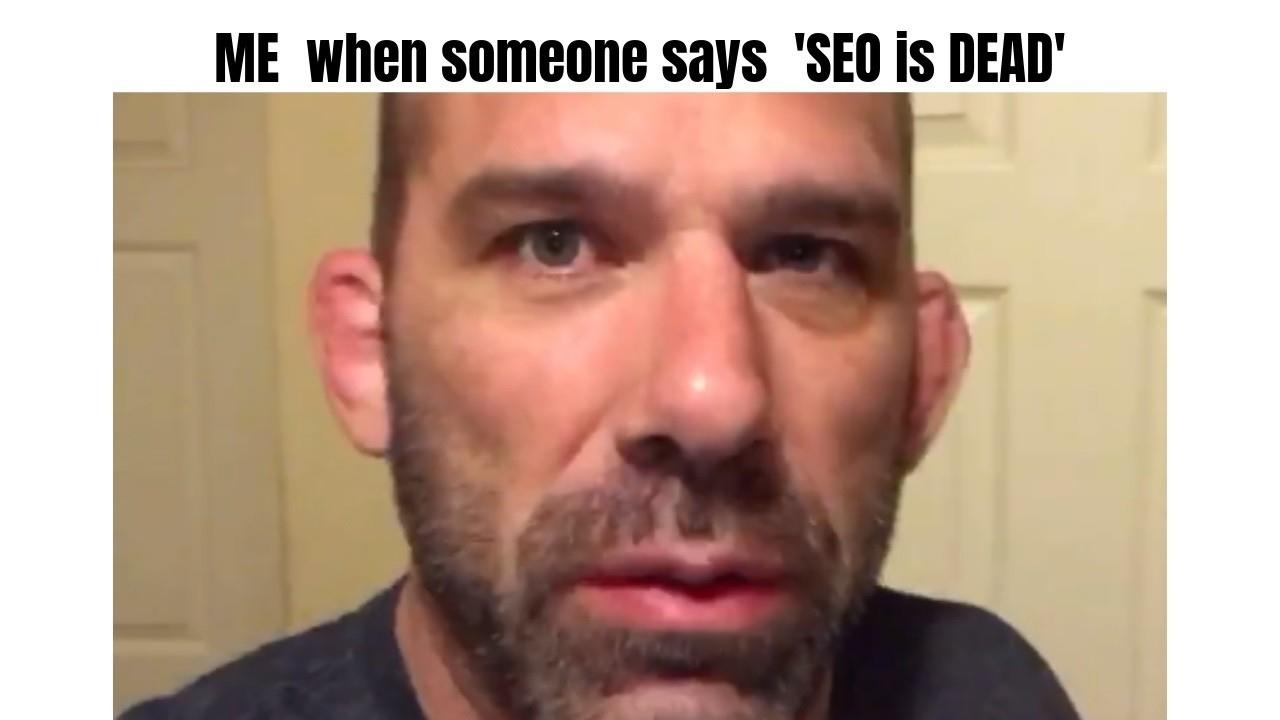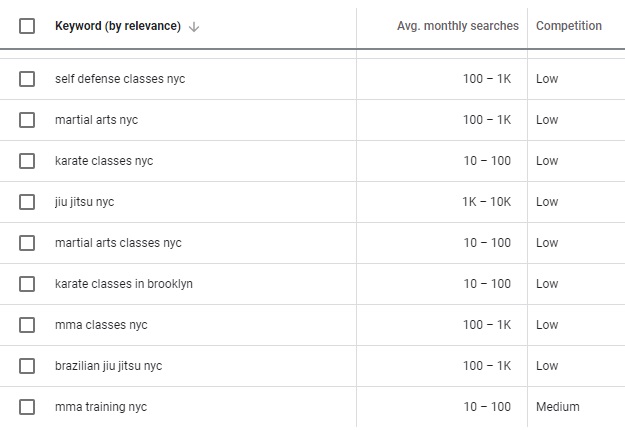
The Truth About Online Traffic: SEO Is Not Dead
May 05, 2025
SEO is NOT DEAD!
Anybody who tells you that is either misinformed or trying to sell you something.
Yes—paid ads are the fastest way to get traffic to your website and offers. But they’re also the most expensive. On the other hand, organic search traffic is free—though it’ll cost you time as you build content and authority.
Saying “SEO is dead” is like saying the only way to get from Point A to Point B is to fly. What if you can’t afford a plane ticket? Then you drive. It takes longer, you make more stops—but you still get there. That’s what organic traffic is: the long road. Paid traffic? It’s the plane.
The big problem in industries I work with—like martial arts—is that most business owners don’t have the budget to rely solely on paid ads. If that’s you, you’ve got to make sure your organic game is dialed in.
I broke that down in a previous blog and podcast—check those out when you get a chance.
For now, here are 3 ways to optimize your site and get more organic traffic:
1. Lock in Your Local SEO Keywords
Start with Google Keyword Planner (free with a Gmail account). Here’s what to do:
-
Go to Tools & Settings > Keyword Planner
-
Use the “Discover new keywords” tool
-
Type in service + location keywords like:
“martial arts schools in Brooklyn” or “kickboxing classes NYC” -
Set your target area (city, state, or region)
💡 Pro Tip: Always add your city or neighborhood to your service keywords if you're a local business. You’ll often find gold in low-competition searches like these:

In the example above, phrases like "nyc martial arts schools" and "martial arts schools brooklyn ny" have low competition—making them great starting points.
Also pay attention to Google’s suggested keyword ideas. It shows you related terms, average monthly searches, and competition level—so you can identify new opportunities:
See how “jiu jitsu nyc” has 1K–10K searches a month with low competition? That’s the kind of intel that can shape your content strategy.
Once you’ve found your best 5–7 keywords, use them everywhere: your website, blog posts, social media bios, and especially in your meta titles and descriptions.
2. Get Listed on Google and Local Directories
Set up your Google Business Profile (formerly Google My Business) and make sure it’s fully optimized:
-
Choose the right business category
-
Add your phone number, address, and business hours
-
Include photos and a detailed description
🔗 Use your target keywords in your business description.
Next, list your business in other top directories in your country (like Yelp, Bing Places, Apple Maps, etc.) using the exact same info each time—business name, address, phone number (NAP), and description.
Why? These are called local citations, and Google uses them as trust signals. The more consistent, keyword-rich listings you have, the better you rank.
And yes—your social media bios count as local citations too. Make sure they’re keyword-optimized and location-tagged.
3. Stay Active on Social Media
Social media helps your SEO by building brand awareness, getting your content shared, and driving traffic to your site.
Even if your following isn’t huge yet, being consistently active builds trust with both people and algorithms.
And if you’re too busy to post every day? No problem. Set up social media automation so you stay visible—even when you’re on vacation. I covered that in detail [here].
Final Thoughts
SEO is not dead. It’s just long-term marketing, not short-term.
Dial in your organic strategy, and also start dabbling in paid ads. Even if you only have $3/day, that’s $90/month. That’s one dinner out—skip it and reinvest in your growth.
As you grow, aim for a budget around $25–30/day on ads. That’s when traffic (and conversions) really start to roll in.
Paid ads and organic SEO work better together than either one alone. Build both, and let them compound.
Crush this week.
Need help building a strong, high-converting brand presence that works across your website, social media, and ads?
Check out our Essential Branding for Gyms program — it’s designed specifically for martial arts academy owners who want to attract more ideal clients and look like the professional business they are.
And if you want to talk strategy one-on-one?
Cheers,
Paul Halme
Combat Business

